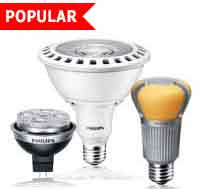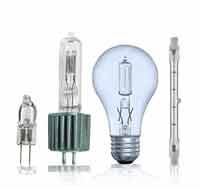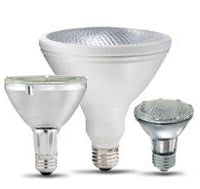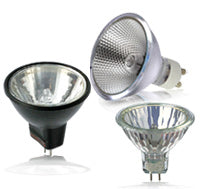Wattage and Brightness Comparison - Incandescent vs CFL vs LED
The task of choosing a replacement bulb only by its wattage is no longer an easy task as was in the past when incandescent bulbs were the only option and everyone understood the bulb brightness by its wattage like 60 watt, 80 watt, or 100 watt.
The WATTS is a measure of the amount of energy used by bulbs and the LUMENS is the measure of brightness provided by a light bulb (the higher the lumens the brighter the bulb). With energy efficient bulbs being highly desired in the markets, the most crucial step in understanding the amount of light generated by such energy saving light bulbs like CFL and LED bulbs is to understand the Lumens. This is especially important since as per FTC 2012 regulation, light bulb labels are required to emphasize a light bulbs Lumens as the standard of measure for bulb brightness instead of the Watts
The WATTS is a measure of the amount of energy used by bulbs and the LUMENS is the measure of brightness provided by a light bulb (the higher the lumens the brighter the bulb). With energy efficient bulbs being highly desired in the markets, the most crucial step in understanding the amount of light generated by such energy saving light bulbs like CFL and LED bulbs is to understand the Lumens. This is especially important since as per FTC 2012 regulation, light bulb labels are required to emphasize a light bulbs Lumens as the standard of measure for bulb brightness instead of the Watts
In general, a simple rule to follow to replace an incandescent with an equivalent in light output CFL bulb is to select the CFL bulb that has 1/4 watts compared with the replaced incandescent bulb. For example, a correct replacement for a 60w incandescent bulb would be a 15 watt CFL bulb (60 * 1/4 = 15).
While the math for the CFL bulbs is simple, the LED bulbs are even more energy-efficient and durable than compact fluorescent light bulbs. LEDs require less wattage than CFL for the same amount of light.



























Stay in Touch